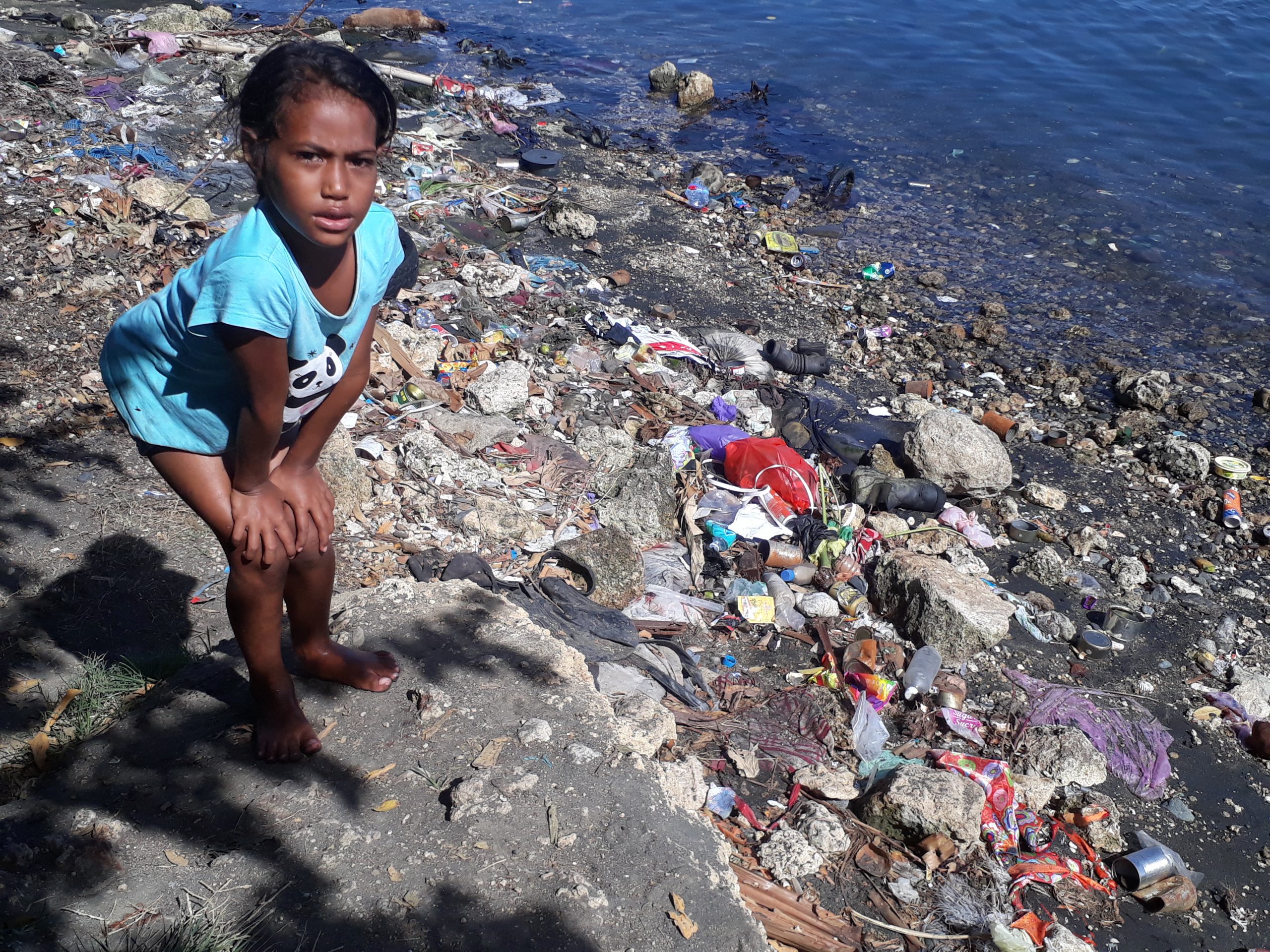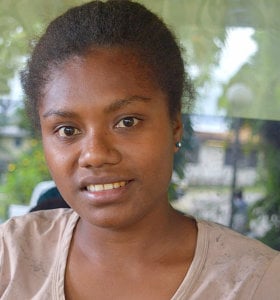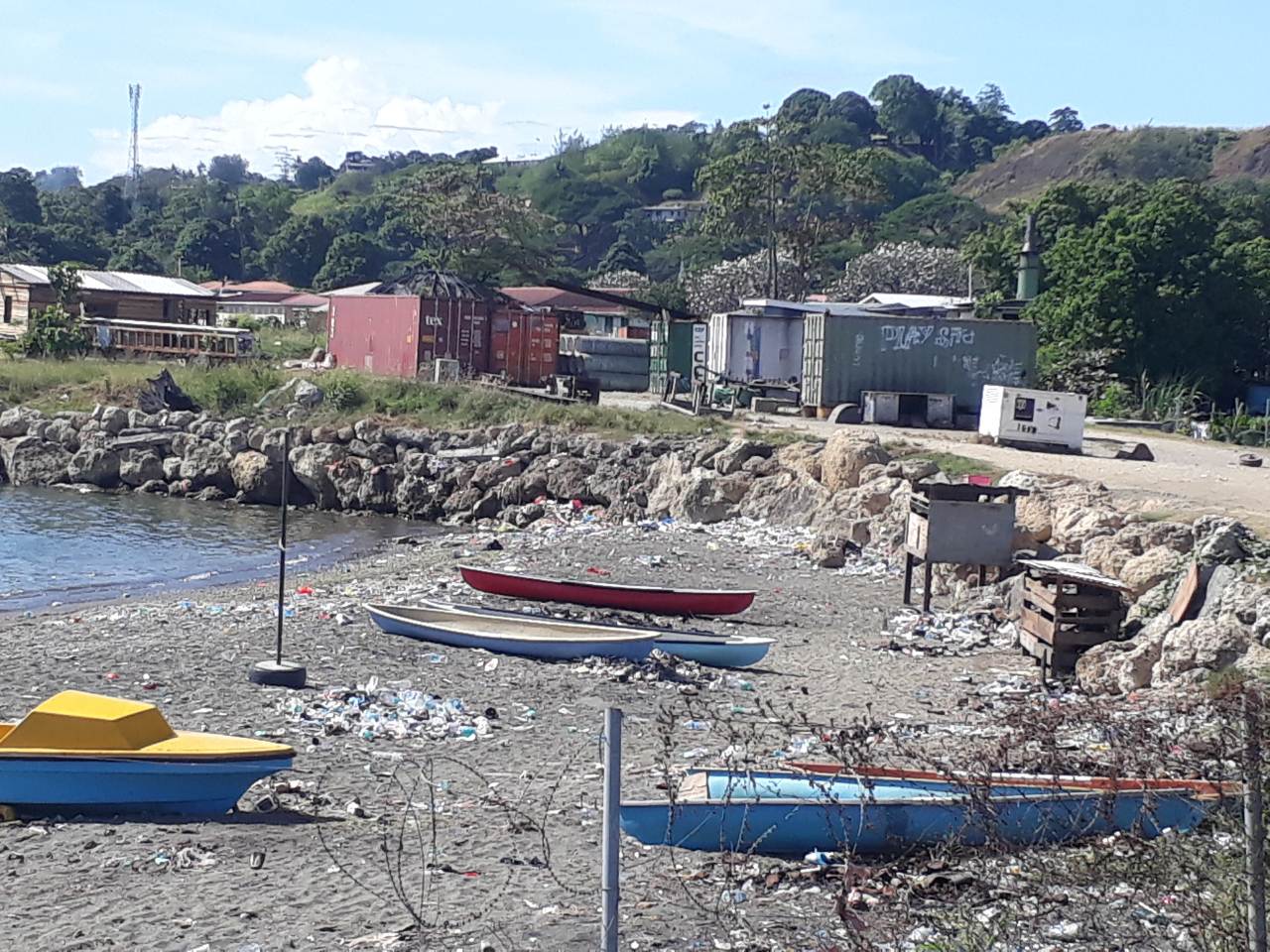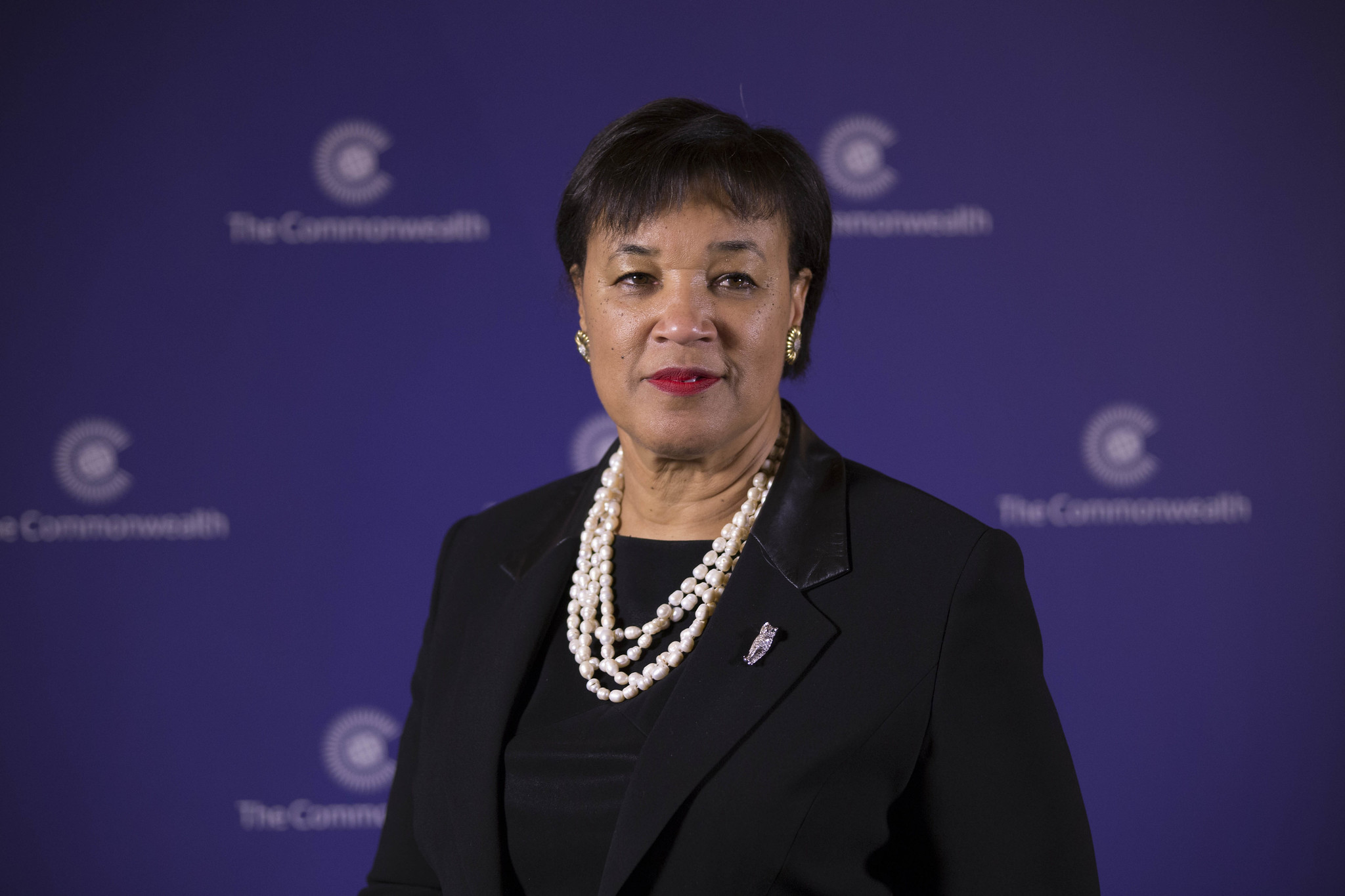LIVING in an informal settlement comes with sacrifice, patience and dreams of a better future.
Day in and day out is always a challenge when it comes to basic services like water and sanitation as well as simple hygiene practices.
External shock and stresses due to adaptation deficit in urban infrastructure, housing and service provision are also issues of concern.
There are untold testimonies with a few happy endings while other testimonies exposed emotional hardships and depression among those living in informal settlements.
In the capital city of Solomon Islands, there are as many as 36 informal settlements. Honiara serves as the main transport hub and economic, political, and educational centre on Guadalcanal, the largest island in the country.
Life for mother of two, Monica Havae, and young Leoray Panra hasn’t always been easy. The two reside at Lord Howe settlement, located along the Mataniko River delta.
The settlement is part of the Mataniko Ward and has a population of 631, according to a 2014 climate change vulnerability assessment report on Honiara by the United Nations Development Programme (UNDP) and United Nations Human Settlements Programme (UN-Habitat).
For Ms Havae, living in an informal settlement was not a voluntary decision but one that was made by her parents long ago.
Like many other women, Ms Havae had to leave school because of financial difficulties and became a mother. While she dreams of a better future for her children, Ms Havae said life in the settlement was improving ‘slowly’ compared with previous years.
“Two years ago when it was high tide, the seawater would run through a few houses situated on the shoreline. Now there is a seawall protecting us from rising tides.
“Our fear is flooding. During rainy season, some residents have fled to their relatives because of flash flooding while some of us stayed and took the risk. The trauma and fear are still on people’s mind since the April flash floods in 2014,” she said.
Ms Havae said the flash floods caused damage to a lot of properties but luckily no lives were lost.
Walking through the settlement, one cannot help but notice a number of water tanks and makeshift bathing/washing areas. According to Ms Havae, access to water and proper sanitation was a challenge.
According to the survey by UN-Habitat, almost all the households in the area throw their waste into the sea. At least 57 per cent of the population in the settlement get drinking water from a communal tank, suggesting rainwater use, 20 per cent get it from the Solomon Islands Water Authority.
The report said washing water was done mainly through piped water (50 per cent private, 49 per cent shared) while 75 per cent say they have no toilets. The sea is likely used for those who have no toilets.
Ms Havae relunctantly admitted this, saying people from the community would also use the sea to relieve themselves while the mouth of the Mataniko River was used for bathing and washing clothes.
“We know that the river is contaminated upstream and it is a huge health risk for us to use the river, but we don’t have other options,” Ms Havae said.
The other looming issue for Lord Howe settlement is land. The increasing population has led to overcrowding in the community, and as most residents have revealed, there were no plans for relocation.
The settlement has encroached into the property of the National Referral Hospital, according to the UN-Habitat assessment report, noting that with no more space to expand, the settlement is being hemmed inward.
“The Lord Howe Settlement is exposed to storm surges, sea level rise, coastal erosion, and flooding. Flooding occurs in the area because of a number of factors: overflow from the river and creek, storm surges, surface runoff from higher areas, and high tide which hinders the water from flowing out,” the report stated.
“Flooding impacts on the community include increased difficulty in access (mainly because of creek overflow), muddy areas, worsening sanitation, and skin diseases. Fishermen also say that it makes fishing difficult because visibility is affected.
“The coastline in the area is receding due to a combination of wave action, storm surges and sea level rise. The houses have also been moved in response to the receding coastline.”
Another glaring concern is the lack of food gardens as a result of scarce land, forcing most families to rely on produce sold at the local market.
A few families have food gardens for crops such as cassava and breadfruit. However, even by the seaside the leaves of the crops in the garden are covered in dust.
“We don’t have land allocated to us to plant our own food like other informal settlements in Honiara so we have to buy food at the local market every day. In other word, our life depends on money,” Ms Havae said.
To sustain her family, Ms Havae depends on her family members who are employed to provide financial support. But in difficult situation, she has to sell cooked food by the roadside to meet daily expenses.
“Income generation opportunities are lacking and we rely on our partner’s salaries and income from our food sales to support our families. The cost of living in Honiara is very expensive,” she said.
She said the struggle to survive was real for women of Lord Howe Settlement.
According to the UN Habitat report, the population at Lord Howe Settlement comprises 295 men and 336 women with a population density of 223 persons per hectare, the highest among the hotspots studied.
“It has 76 households with an average household size of 8. Among the labour force (12+), 41 per cent do unpaid family work, 19 per cent are employed by private employers, 9 per cent are employed by the government, and 9 per cent produce goods for sale,” the report said.
For a youth like Panra, the future is uncertain.
Climate change has brought in new challenges and put a lot of pressure on the community’s livelihood.
“We don’t know where we will be in the next 10 to 20 years. Our settlement is overcrowded and soon families will be fighting each other over land,” she shared.
“As a youth growing up in this settlement, I see the future of this community is at risk due to sea level rise as well as other social factors.”
He said a number of organisations had carried out surveys and research on climate change at the settlement but the feedbacks were always failing the community.
Panra feels the lack of employment opportunities and high costs for tertiary education were a barrier for youths in the community. He knows a good education would mean better chances of gaining employment.
He says most youths at Lord Howe settlement are unemployed and most end up on the wrong side of the law.
“Life is really tough for youths here. Most unemployment youth sell betel nut and cigarettes along the roadside to get money and assist their parents,” Panra said.
The duo said chief, elders, women and children of Lord Howe have been seeking assistance from government with relocation. Many decades on, they are still waiting.
UN-Habitat Solomon Islands consultant Steve Likaveke revealed to Wansolwara that the cost of relocation process was still an issue, meaning relocation is far from what most people of Lord Howe expect.
“There are 36 informal settlement in Honiara and at the moment it is difficult to relocate the residents because some of the residents have put all their resources towards their houses and properties,” he said.
“There is a lot of work that needs to be done before the relocation process comes into play. On the tip of the process, the government needs money.
“If relocation is a priority in the next five years, it will be limited to the additional populations who are willing to move out but for those who are not going to move, the village will still be there.”
According to the UNDP-UN-Habitat’s 2014 climate change vulnerability assessment report on Honiara, the Solomon Islands is considered to be one of the world’s fastest urbanised countries with a large migration to Honiara.
“The large movement of people overwhelmed the urban development and planning capacity of Honiara regulators and other government entities. The deficits are result of unplanned urbanization associate with the growing number of informal settlement,” the report said.
Citing the 2009 Census for Honiara, the report said about 75 per cent of households in Honiara obtain drinking water from Solomon Islands Water Authority; the other 25 per cent use alternative sources of water for drinking such as household tanks, rivers/ streams, communal standpipes, unprotected wells, and communal tanks.
About 54 per cent use private flush toilets while the other 46 per cent use shared flush toilets, such as private/ shared water sealed toilets, and private/ shared pit latrines.
“Climate change impacts in the city would affect people’s access to water, especially those sourcing it from rainwater tanks, rivers/ streams, and wells — in the event of drought or extended dry periods, water levels would recede while in longer rain periods water would be more prone to contamination due to increase water run-off,” the report said.
Although there are no published reports of groundwater sources being affected by salt water intrusion (most sources in Honiara are located in higher elevations), coastal erosion and storm surges exacerbated by sea level rise are reportedly damaging water supply lines located near the coast, the report further stated.
Life for some residents of Lord Howe Settlement is a waiting game as they continue to live with the impacts of climate change.




